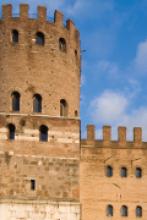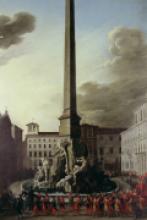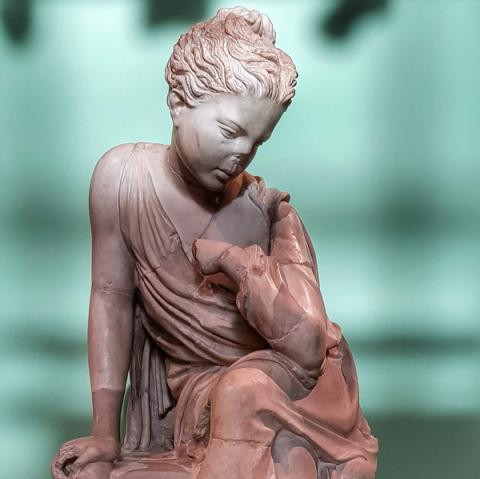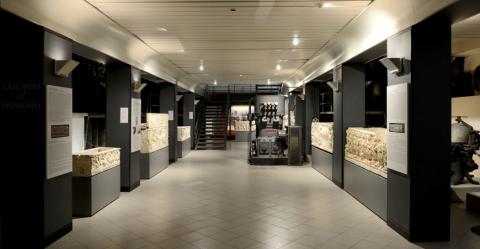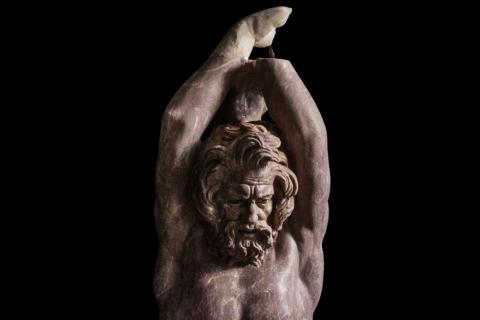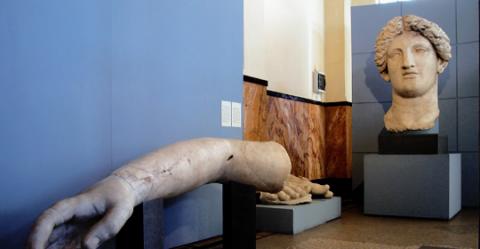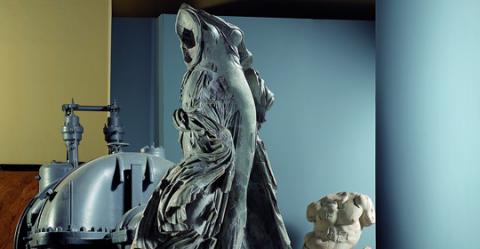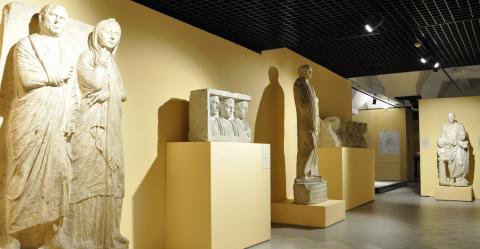Chapel (third carriage)

The third carriage houses the splendid Chapel in which the pope celebrated mass during one of his journeys. It was built in the Clichy plant of the Compagnie Gènèrale de Matèrièls des Chemins de Fer de Paris to the design of Emile Trelat, a professor at the Imperial Conservatory of the Arts and Crafts in Paris. The total cost including transport was 140,000 francs, a substantial sum for the time.
The exterior decorations included a gilded silver-plated copper cladding made by Christofle and reliefs and sculptures by Godin featuring three angels on each side with the attributes distinguishing the theological virtues: Faith, Hope and Charity, and four griffons at the corners.
The interior with a ceiling richly ornamented with friezes and paintings was decorated by artists like Gerôme and Cambon, and by the leading craftsmen of the time. Gerôme painted scenes on canvas that were applied to the Chapel vault featuring three small tondi with the Evangelists (only one of which survives), the two tondi painted on copper and depicting the Virgin and Child and the Good Shepherd (on display in the room), and, lastly, the medallions with the Twelve Apostles (lost). The ceiling panels portray Pius IX blessing a railway and a port – modern means of transport – along with a sacred allegory of Religion Enthroned between Sts Peter and Paul, and God the Father Supported by Clouds, Drapery and Two Putti. Cambon probably created the friezes with coats of arms in the corners and at the base of the ceiling.
Masterpieces of the hall
The hall
The environment that today is dedicated to the exposition of Pope Pius IX’s train wagons was originally a sector of the Boiler Room n. 2 of the Montemartini thermoelectric plant.








